|
There are two reasons why I chose the reindeer for this post. The first one is obvious, right? It's close to Christmas. The second reason? Because reindeer play a role in the upcoming first book in my new series. The series is titled Across Horizons, and it is my own twist on time travel (more information on the series in future newsletters). The first book takes place 47,000 years in the past, when reindeer roamed much of the northern hemisphere in vast herds. At the time, there were also cave lions, cave bears, woolly rhinos, and countless other impressive mammals... but again, more on that later. What the heck is a Reindeer? Everyone has heard of reindeer, but does everyone know much about the actual wild animal? First, you should know that in North America these creatures are called caribou. Yep, caribou and reindeer are the same species. As the name suggests, they are a species of deer, with the scientific name of Rangifer tarandus. They are all the same species, but there are at least 13 different subspecies, usually separated into geographically distinct "herds." Amazing facts about Reindeer Reindeer have what's called a circumpolar distribution. This means they exist all the way around the world at far north latitudes (near the North Pole). So, they can be found in the cold, northern regions of North America, Greenland, Europe, and Siberia. Reindeer have impressive antlers. In fact, relative to body size, they have the largest, heaviest antlers of all the living species of deer. A male's antlers can reach up to 51 inches (130 cm) long. Moose can have larger antlers, but they also have much larger bodies. Keep in mind that antlers and horns are not the same thing. Antlers are made of bone, they usually are branched, and they grow and fall off every year. Antlers are features of the deer family (Cervidae). Horns have a bony core covered by a keratin sheath (keratin is the protein that makes up hair, skin, and fingernails). Horns, which are a permanent part of the body and do not fall off, are features of the Bovidae family (cattle, sheep, goats, bison, and others). Reindeer are the only species of deer in which both males and females grow antlers. Here is an interesting thought. Male reindeer start growing their antlers in March or April and then shed them by early December (before Christmas). Female reindeer start growing their antlers in May or June, and they don't shed them until they start having calves in the spring. Hmm... In every movie or picture of Santa and his sleigh, the reindeer have antlers. This means all those reindeer are FEMALE. Oh no, my head is going to explode! I've always thought Rudolph, and at least some of the others, were boys. Well, hold on a second... The timing of antler shedding in males can sometimes be affected by other factors. For example, young males can keep their antlers longer. Also, males that are neutered may not lose their antlers until April. Do we dare imagine that Santa may have neutered his reindeer? Anyway, reindeer antlers can be quite impressive. Although reindeer all belong to one species, the various subspecies can be quite different. In some subspecies, the males can grow to over 550 pounds (250 kg). The males of the smallest subspecies, the Svalbard reindeer, average only about 150 pounds (68 kg). Hmmm... let's think about this. The very first time people were introduced to the idea of Santa having reindeer was in 1823. This was when Clement C. Moore published his poem, "A Visit from Saint Nicholas" (also known as "Twas the Night Before Christmas" from the poem's first line). In this poem, Moore described the reindeer as "tiny." That makes sense to me—we certainly don't need a 550-pound reindeer falling through the roof. So... logically, Santa's reindeer must be Svalbard reindeer. But this means that all the movies have it wrong, as they always use huge, full-sized reindeer. So confusing! As I said, the first mention of Santa having reindeer was Moore's poem. Moore provided the names Dasher, Dancer, Prancer, Vixen, Comet, Cupid, Dunder and Blixem. Wait, what? Dunder and Blixem? Eventually, these last two were changed from Dutch to German, and they became Donner and Blitzen. But still, these two stand out. Why? Because all the others make sense in English. In German, Donner means "thunder" and Blitzen means "flash." While I'm on a roll with Santa connections, what about Rudolph? Well, he (or she...?) wasn't introduced until 1939. That's when Robert L. May, a catalog writer for Montgomery Ward, wrote a children's book for the department store. The book was written in verse, and May titled it, “Rudolph the Red-Nosed Reindeer.” Here's what the original looked like: Hmm... no antlers on the original Rudolph. In fact, it didn't look much like a reindeer at all. Okay, I have to address something I've wondered about all my life. Where did the idea come from that reindeer could fly? For my benefit and yours, I did a bit of research on this. As it turns out, this idea might be much older than you think. The anthropologist Piers Vitebsky, in his book "The Reindeer People," provides details of Reindeer Stones. These are stones that ancient people (as long ago as 3,000 years) embedded vertically in the ground. Reindeer stones are found in various places throughout the world but particularly in Siberia and Mongolia. Various animals were carved upon these stones. However, one animal was carved far more often than any other—the reindeer. The odd thing about these carved reindeer is that they are depicted with their neck outstretched, their front legs flung out in front, and their back legs flung out behind. And often the sun is framed within the creature's antlers, as if the artists were depicting the reindeer flying through the sky. Below is a set of "reindeer stones." So, perhaps some ancient peoples thought of reindeer as having superpowers, including the ability to fly. The Pazyryk people were an ancient nomadic culture in the Altai mountains of Siberia. Their mummified remains are really cool because these people had a habit of covering their bodies with elaborate tattoos, and many of these tattoos are still clearly visible. Guess what was often depicted in their tattoos.... yep, flying reindeer. Below is an actual mummified tattoo depicting a reindeer that seems to be flying. The image is shown more clearly on the right. Notice that this tattoo even shows the reindeer with a bird's beak. So, it seems that the idea of flying reindeer is not a new concept at all. Now, back to real reindeer... Some reindeer subspecies migrate, others don't. Those that do migrate, though, can be pretty impressive. A few populations of reindeer in North America migrate farther than any other land animal, up to 3,100 miles each year. To accomplish this, they average about 23 miles per day. Sometimes these migrating herds can include as many as 500,000 individuals! Check out this video of the Western Caribou Arctic Herd in Alaska. Rivers and lakes don't slow the reindeer down as they migrate. Adults can swim long distances at 4 mph (6.4 km/hr), and they can swim 6 mph (10 km/hr) when they are in a real hurry. Check out this video of a swimming herd. A migrating herd of thousands of reindeer must be an amazing sight to see. One last random fact: An entire reindeer was once found inside the stomach of a Greenland shark. I just thought you might want to know that. So, the Reindeer deserves a place in the P.A.H.O.F. (Primo Animal Hall of Fame). FUN FACT: The word primo originated in the mid 1700s. In Italian it literally means first. By the late 1700s it was primarily a musical term, meaning the first or leading part in an ensemble. Much more recently, the word has been adopted to describe something as excellent or first class ("That's a primo flying reindeer tattoo you got there."). In the1990s, it was often used as street slang to describe the high quality of drugs ("This is some primo weed, man!"). So, primo is another way to say awesome! Photo Credits:
Reindeer herd #1 - Creative Commons via pxfuel.com Reindeer with big antlers - National Park Service Rudolph book - Rauner Special Collections Library/Dartmouth College via NPR Reindeer stones - Alix Guillard, Wikimedia Commons, via Earthtouchnews Reindeer tattoo - SiberianTimes via DailyMail Large reindeer herd - ADF&G via National Park Service
2 Comments
Michael Wertz
12/30/2019 06:15:52 pm
I am so pleased you are going to write another series. You are, without question, One of my favorite writers.
Reply
Stan Smith
1/9/2020 07:26:43 am
Thanks, Michael!
Reply
Leave a Reply. |
Stan's Cogitations
Everyone needs a creative outlet. That's why I write. Archives
July 2024
|

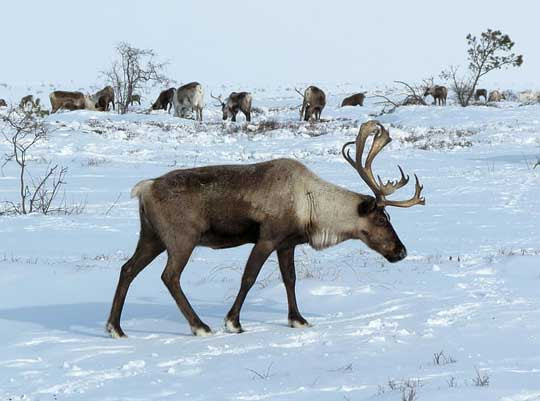
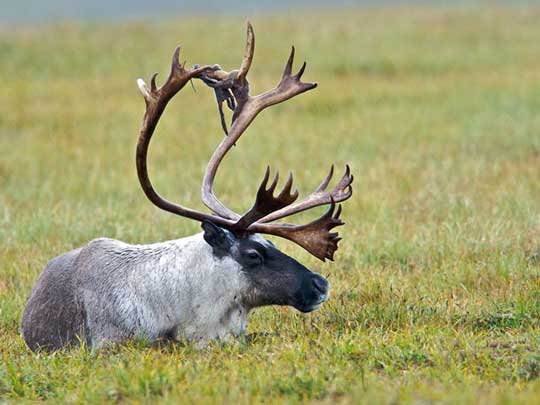
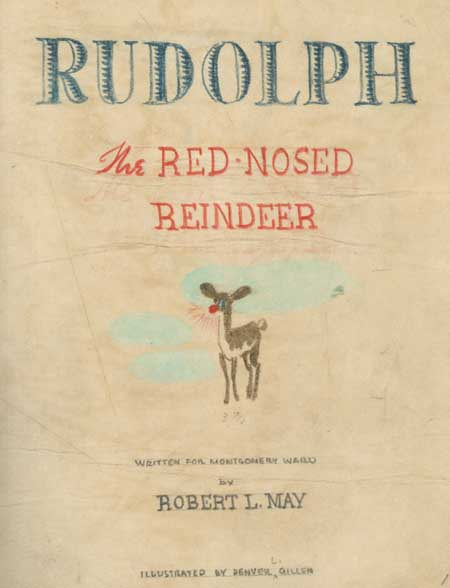
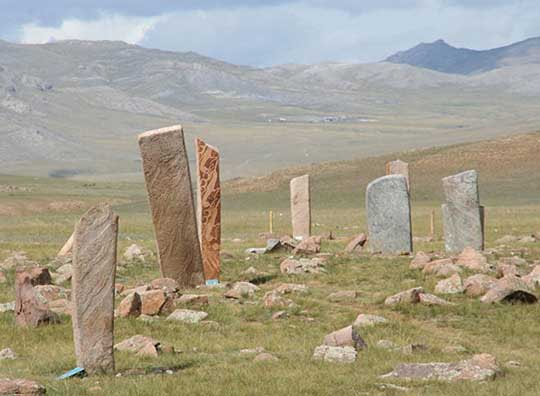
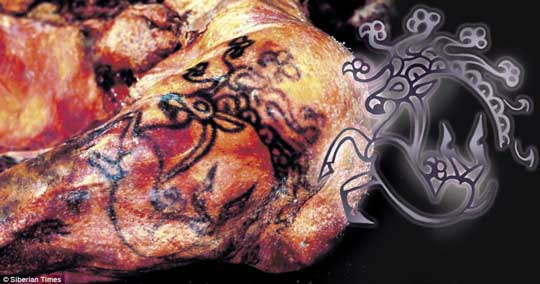
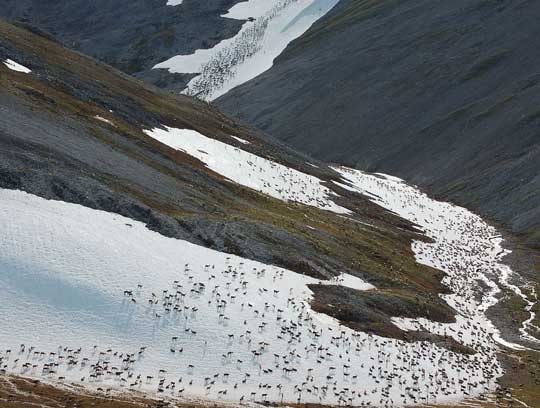
 RSS Feed
RSS Feed